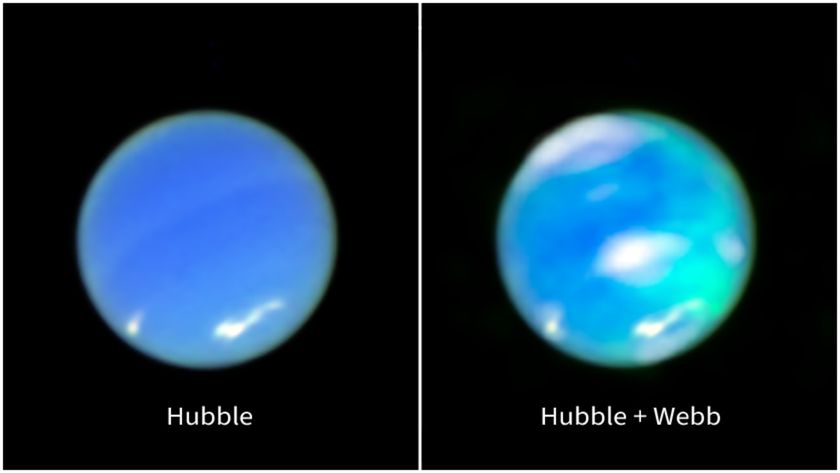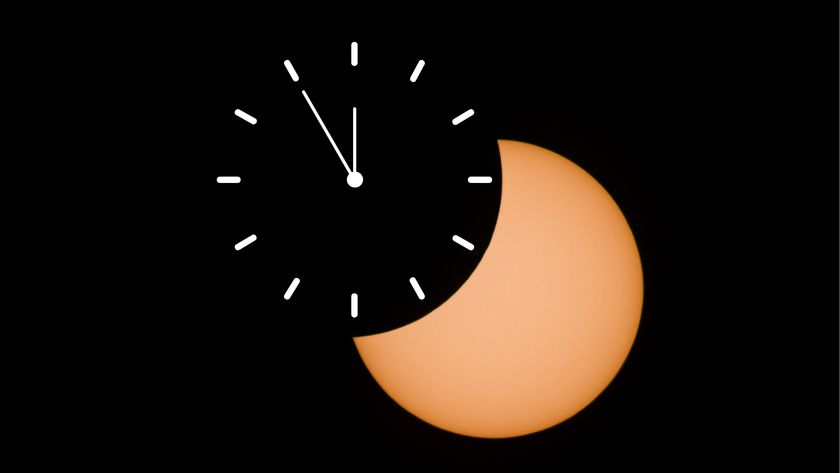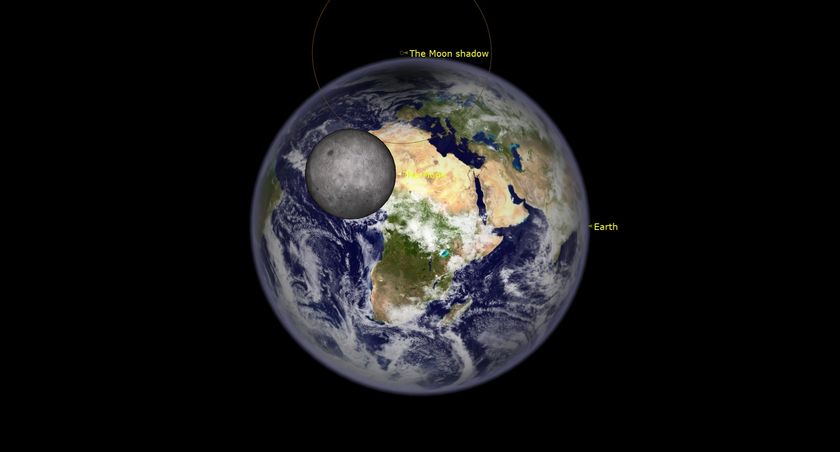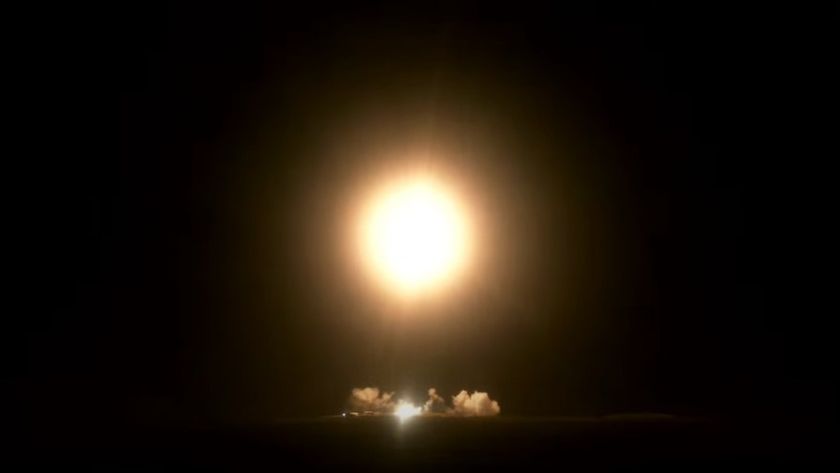What NASA's Mars Orbiter Data Flood Means

NASA?s Mars Reconnaissance Orbiter (MRO) may be the baby ofthe fleet of spacecraft currently studying the red planet. But the probe has beennothing short of prolific with its Martian observations and recently surpassedmore than 100 terabits of data.
That number, announced by NASA recently, doesn't mean muchto most of us, so SPACE.com has calculated what 100 terabits are invarious more everyday measures.
Altogether, 100 terabits is 100 trillion bits of informationand would take up 17,000 700MB CDs. That would be about 4 million songs, witheach lasting about three minute - quite the album collection.
The data generated by the Mars ReconnaissanceOrbiter has generated is also more than three times the amount of data fromall other deep-space missions combined ? not just the ones to Mars, but everymission that has flown past the orbit of Earth's moon.
But the amount of data isn't the only thing impressive aboutthe mission's achievement.
"What is most impressive about all these data is notthe sheer quantity, but the quality of what they tell us about our neighbor planet,"said MRO project scientist Rich Zurek, of NASA's Jet Propulsion Laboratory,Pasadena, Calif. "The data from the orbiter's six instruments have givenus a much deeper understanding of the diversity of environments on Mars todayand how they have changed over time."
The spacecraft entered orbit around Mars in March 2006,following an Aug. 12, 2005, launch from Florida. It completed its primaryscience phase in 2008 and continues investigations of Mars' surface, subsurfaceand atmosphere.
Get the Space.com Newsletter
Breaking space news, the latest updates on rocket launches, skywatching events and more!
After a series of glitches forced mission managers to putthe spacecraft into safe mode last year, MROwas resurrected in December.
MRO's antenna can beam data to Earth at a rate of up to 6megabits per second.
The capability to return enormous volumes of data enables MRO'sinstruments to view Mars at unprecedented spatial resolutions. Half theplanet has been covered at 20 feet (6 meters) per pixel, and nearly 1 percentof the planet has been observed at about 1 foot (30 centimeters) per pixel,sharp enough to discern objects the size of a desk.
Among the mission's major findings is that the action ofwater on and near the surface of Mars occurred for hundreds of millions ofyears. This activity was at least regional and possibly global in extent,though possibly intermittent.
The spacecraft has also observed that signatures of a varietyof watery environments, some acidic, some alkaline, increase the possibilitythat there are places on Mars that could reveal evidence of past life, if itever existed.
- Getto Know MRO: 10 Mars Reconnaissance Orbiter Facts
- PowerfulMars Orbiter Makes a Comeback
- Video- NASA's Mars Reconnaissance Orbiter
Join our Space Forums to keep talking space on the latest missions, night sky and more! And if you have a news tip, correction or comment, let us know at: community@space.com.

Space.com is the premier source of space exploration, innovation and astronomy news, chronicling (and celebrating) humanity's ongoing expansion across the final frontier. Originally founded in 1999, Space.com is, and always has been, the passion of writers and editors who are space fans and also trained journalists. Our current news team consists of Editor-in-Chief Tariq Malik; Editor Hanneke Weitering, Senior Space Writer Mike Wall; Senior Writer Meghan Bartels; Senior Writer Chelsea Gohd, Senior Writer Tereza Pultarova and Staff Writer Alexander Cox, focusing on e-commerce. Senior Producer Steve Spaleta oversees our space videos, with Diana Whitcroft as our Social Media Editor.











